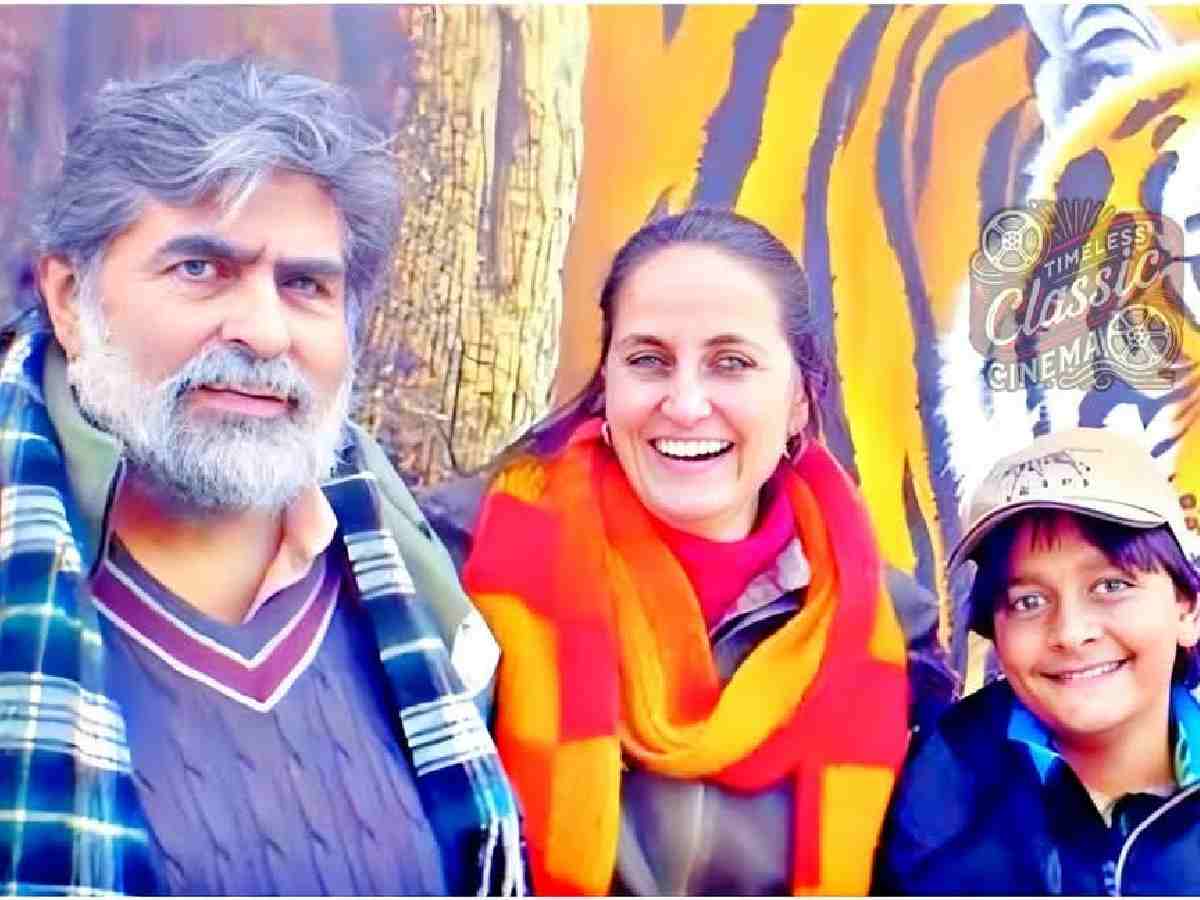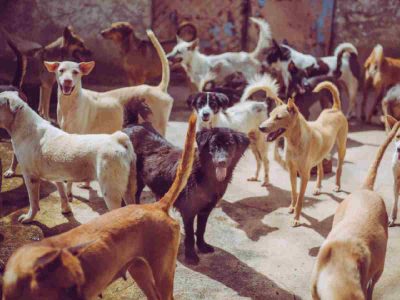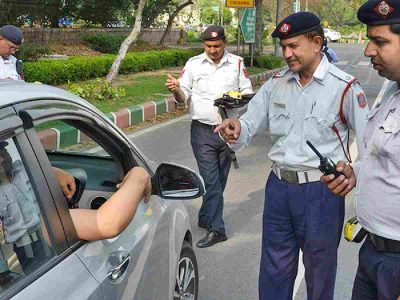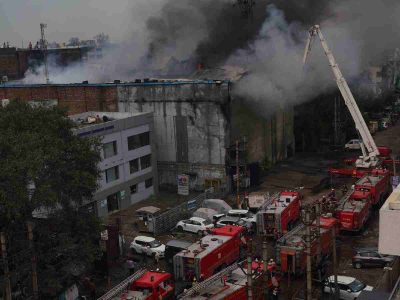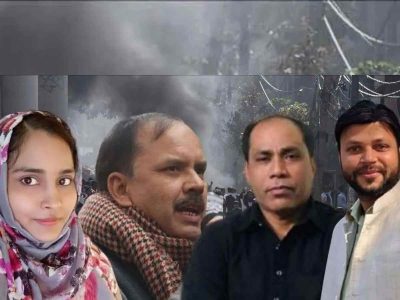One of Valmik Thapar’s enduring identities was being a friend of tigers. Following his recent demise, discussions have centred around his tireless contributions to tiger conservation. However, a lesser-known aspect of his life is that he belonged to a distinguished Delhi family with connections to both the prominent builder Sir Soba Singh and the Capital’s elite Punjabi community.
Valmik’s grandfather, Daya Ram Thapar, hailed from Lahore and earned a medical degree from Edinburgh. He voluntarily served in the Indian Army’s medical services and eventually retired as the Director General of the Indian Armed Forces Medical Services. He had one son, Ramesh Thapar, and two daughters, Bimla and Romila. Romila Thapar is one of India’s leading historians.
Valmik’s parents and Seminar
Valmik’s father, Ramesh Thapar, was sent to England for higher education, where the post-war socialist ideology prevalent in British universities profoundly influenced him. This experience laid the foundation for his association with the Communist Party of India (CPI). Though it is said that Ramesh distanced himself from the party after the 1950s, his political views remained leftist until the end.
In 1959, Ramesh and his wife Raj launched a monthly magazine titled Seminar, who cultivated a loyal and influential readership during the Nehruvian socialist era. By the late 1960s, Ramesh and Raj had become part of the intellectual elite, well-versed in political developments at the Centre.
Also read: Baqrid: Jama Masjid sellers see slump, Okhla Mandi sees record sales
Ties with Soba Singh and Khushwant Singh
Valmik Thapar married Sanjana Kapoor, daughter of actor Shashi Kapoor. Meanwhile, his sister Malvika Thapar married Tejbir ‘Jugnu’ Singh, a scion of one of Delhi’s most prominent families, which had played a key role in building the new city when the Capital shifted from Kolkata to Delhi under the British Raj.
After the demise of their parents, Malvika took over the running of Seminar. She currently serves as a culture and tourism advisor to the Rajasthan government. In 2016, Malvika and Valmik jointly initiated a government project to beautify railway platforms in Rajasthan. Tejbir Singh is the grandson of Sir Soba Singh, making him the nephew of renowned writer Khushwant Singh.
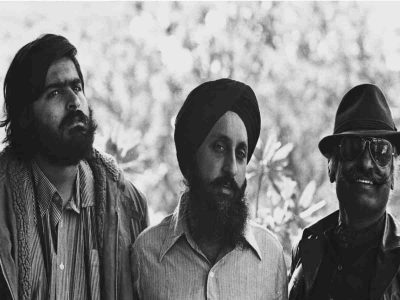
Enter Nehru’s family
Valmik’s father Ramesh and General Pran Nath Thapar, the father of journalist Karan Thapar, were first cousins. General Thapar served as the Indian Army Chief during the 1962 war against China. In March 1936, he married Bimla Sehgal, the sister of Gautam Sehgal.
In 1944, Gautam Sehgal married Nayantara, Jawaharlal Nehru’s niece. Nayantara is an English writer and the second of Vijaya Lakshmi Pandit’s three daughters. Vijaya Lakshmi, daughter of Motilal Nehru and sister to Jawaharlal Nehru, was active in the freedom struggle, participated in the Constituent Assembly, and served as India’s ambassador to the Soviet Union, the United States, Mexico and Ireland. In 1953, she became the first woman president of the United Nations General Assembly.
Bimla Sehgal’s sister—Karan Thapar’s mother’s sister—was married to the son of VP Menon, the key figure in the political integration of post-partition India as secretary to Sardar Vallabhbhai Patel, India’s first Deputy Prime Minister. It was VP Menon who was behind the opening of Kerala Club in Connaught Place. These layered familial ties underscore the remarkable lineage to which Valmik Thapar belonged.
Modern School days
In 1963, while the country was still reeling from the humiliation of the war against China, Haqeeqat, a film by Chetan Anand, was released. A group of students from Modern School, Barakhamba Road, including Valmik Thapar, went to Odeon Picture Hall in Connaught Place to watch it. As the film unfolded, a hush fell over the audience. During the iconic song “Hoke Majboor Mujhe Usne Bulaya Hoga…”, Valmik was moved to tears.
He had brought his school friends to see the film because his aunt, Priya Rajvansh, played the lead role. His sister Malvika Singh, Tejbir Singh Jugnu, and Rajiv Narain Singh also accompanied him. Malvika would later marry Tejbir Singh. As a member of the Soba Singh family, she went on to write extensively about the making of New Delhi in her books.
“Valmik began discussing the rights of birds and animals with his school friends. These discussions extended from school to Bengali Market and his home on Kautilya Marg,” recalls Rajiv Narain Singh, Valmik’s closest friend. Whenever Valmik found an injured bird—be it a sparrow, parrot, crow, or any other—he would bring it home, nurse it back to health, and then release it into the open sky.
Also read: Delhi contributes to 76 per cent of Yamuna’s pollution: Study
In pursuit of the wild
After Modern School, Valmik studied at Hindu College and later joined the Delhi School of Social Work. By the time he was at Delhi University, he had already formed a deep connection with tigers. Along with Tejbir Singh, he began exploring the forests of Ranthambore, studying tigers in detail.
He chose to leave behind the comforts of Lutyens’ Delhi, finding solace instead in the jungle. His bond with forests and tigers remained unbroken until the end. Some of his close associates say he would return to Delhi only to meet his wife, Sanjana Kapoor, and son, Hameer.

